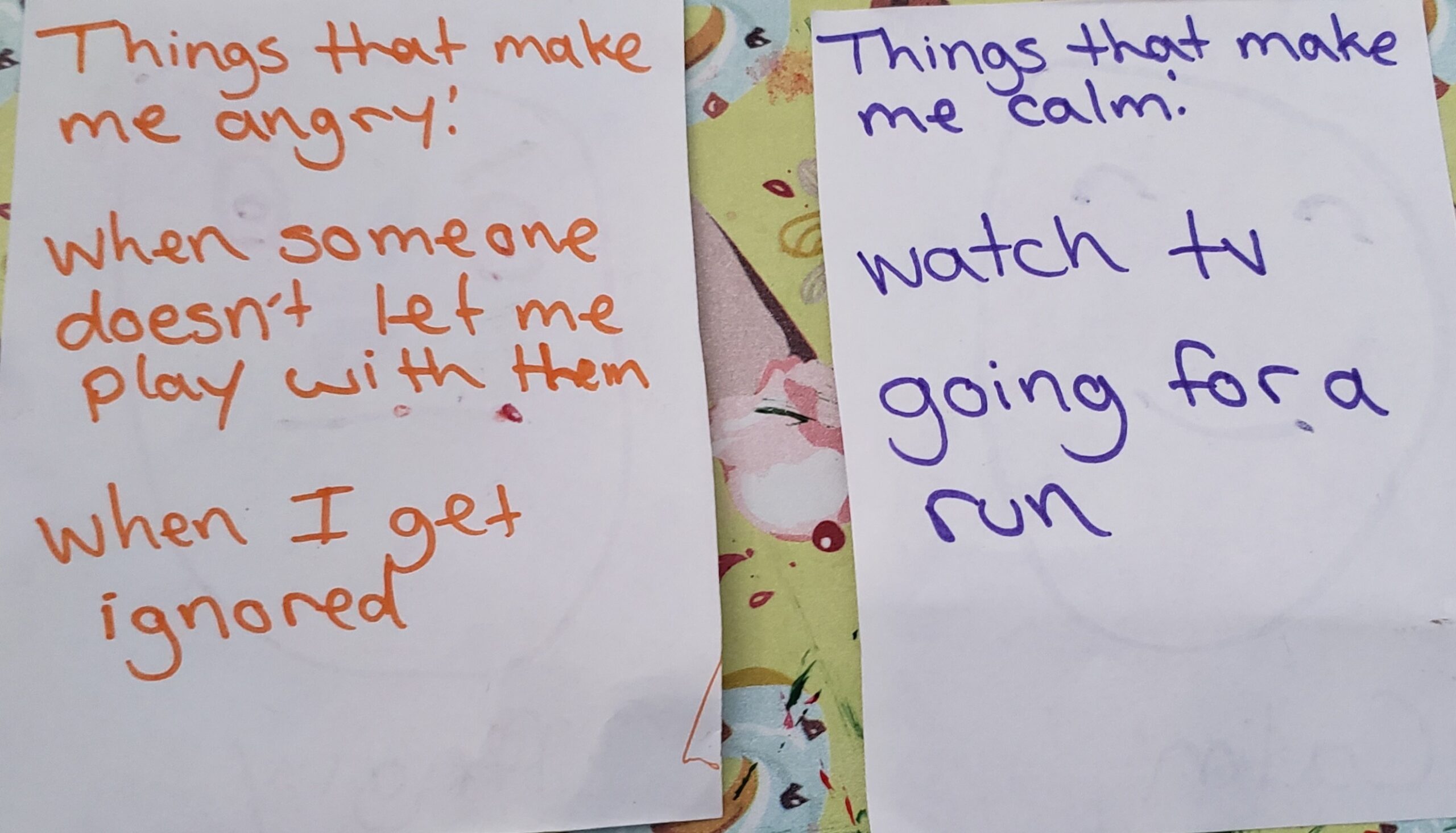
Moods and emotions can be big feelings that even some adults have trouble understanding so we cannot expect children to be masters of theirs. There are many ways in which we can help children understand what they are feelings, such as role modeling, through pretend play, and mood cards. In this blog we will be focusing on mood cards, what they are and how to use them.
What are Mood Cards?
Mood cards are just what they sound like, cards with different moods on them. They can be purchased or made with or without the child. When looking at a purchased set of mood cards, such as themoodcards by Andrea Harrn, you will the name of the mood with a picture and a brief description on the front and some tips on how to understand the mood on the back.
If you decide to make your own mood cards, I would suggest to have the child(ren) help in the process. You can ask the child to draw a picture of how their feel/look when they are happy, sad, excited, angry, and so on. Depending on their capabilities they can write the name or you could help them write it. Then have a conversation about some things that cause these moods and what helps them get out of bad moods. Write these tips on the back of their drawing.


Ways to Use Mood Cards
Whether you chose to purchase or make your cards have the cards display them where the child will see and have access to them. There are different ways these cards can be used, depending on the age and capabilities of the child.
For younger children or children with a limited understand of moods and emotions you want to start of by helping them understand what they are feeling. For example, when the child is upset you can ask them to pick the card that matches how they are feeling. Once they have picked the card ask the child how they body feeling while in this mood (are they muscles tight, does their stomach hurt). By asking the child to describe how their body is feeling makes them start and think about it and can help them recognize when they are getting upset in the future. Ask the child what caused them to be in this mood and how they think they can change their mood. When you allow the child the opportunity to come up with their own solution it teaches them that they can be in control of their own moods and emotions. Depending on how upset the child is, this may not be possible for them to complete right away. In this case, allow the child to calm down before asking them to pick a card.
For more healthy living posts visit our Healthy Living Blog Posts
To keep up with new blog posts you can follow us on Facebook or Instagram
For more fun Fitness Activities find us on Pinterest too.
Or, sign up for our newsletter below for school updates.
Get updates on new classes, hosted events, and more.





















